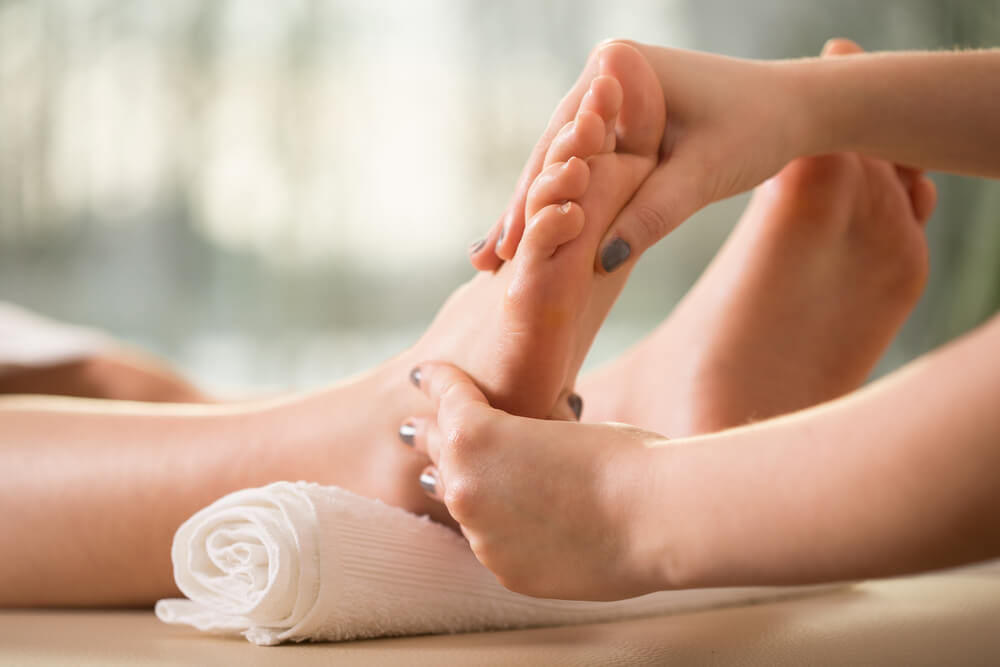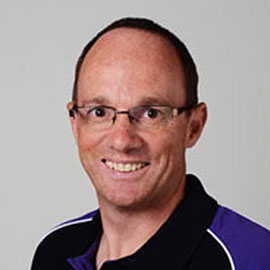Adding reflexology to your massage sessions can elevate an enjoyable massage session to one of deep relaxation. Many massage therapists use reflexology not only because it’s a delightful experience but because it’s associated with specific relaxation and health outcomes. If you’re incorporating reflexology into your massage sessions, you can focus on particular areas or concentrate on the entire foot for general well-being.
What is reflexology?
Reflexology is a type of foot massage focusing on individual reflex points in the feet to create healing outcomes for corresponding organs and areas in the body. Different massage techniques apply to the feet as in any other type of massage. During a reflexology session, the massage therapist might knead the ball of the foot, pull on the toes, and apply pressure to the arch of the foot.
Foot massage dates back thousands of years to ancient Egypt and China. It was rediscovered or introduced in modern times by European and North American doctors in the 19th and early 20th centuries as zone theory to treat a range of ailments, from headaches and sinus problems to digestive issues.
The zone theory divides the body into ten vertical zones containing different body p and corresponding to the ten fingers and toes. Touching these fingers and toes provides access to the body parts associated with the zone.
At about the same time, British scientists established a link between the skin’s nerves and internal organs. They also concluded the body’s nervous system responded to outside factors, including touch.
For these reasons, reflexologists believe touch can calm the central nervous system, promote relaxation, and deliver many other benefits as other forms of massage do.
Using reflexology to increase blood flow
Foot massages feel fantastic for stressed-out individuals, and they can deliver additional health benefits if a qualified reflexologist is involved. Reflexologists believe general health and wellbeing starts at the feet and moves up the body.
The upper extremities closer to your heart typically have better blood flow due to this powerful organ’s proximity. Areas of your body with good circulation nearly always heal faster, grow faster, and repair more quickly. Your legs and feet, further from the heart, don’t receive the same level of benefit. That is why people with diabetes, which further impairs circulation in the legs and feet, must exercise great care to prevent injury since they will not heal quickly and easily worsen.
Using reflexology to promote blood flow to these starved areas can improve delivery of much-needed nutrient-rich blood for people with and without diabetes.
It’s not just blood flow that is improved. A reflexology session provides deep relaxation, which can reduce the severity of colds and minor ailments, enhance energy levels, and help with stress. Your reflexology clients could enjoy better lymph circulation, decreased injury levels, and find relief from chronic conditions such as skin allergies, liver dysfunction, headaches, and IBS.
Many believe reflexology enhances toxin elimination, improves immune systems and circulation, promotes general healing and wellbeing, reduces anxiety, adds clarity, and relieves sore and tired muscles.
Incorporating reflexology into your practice
Reflexology can be incorporated into a massage session or provided as a standalone service for clients. Reflexology sessions should start with a patient’s health history check to assess whether this type of massage is appropriate. The initial discussion will also help the reflexologist work out if any key areas need attention.
If so, the reflexologist will work on the corresponding points on the patient’s feet, or even hands and ears. If there are no specific problem areas in the body, the reflexologist might concentrate on the entire foot to strengthen the whole body.
Setting expectations
Experience reflexologists will prepare new patients by letting them know what to expect from their reflexology session. Tingling, lightness, warmth, and a sense of energy moving through the body are common. Patients can experience sweat in the hands or feet, feeling cold, coughing, thirst, muscle or organ relaxation, and even crying or muscle contractions. Talking about these before the session helps prepare the patient for these effects.
The reflexologist can loosen up the ligaments and nerves around the ankle area to prepare the foot for direct pressure later. After that, you can apply some lotion to the feet and start relaxing the feet one at a time with essential pressing and squeezing, light slapping, or gentle kneading.
Delivering a good reflexology session
Start at the heel area and move upward towards the arch of the foot, the ball, and the toes. Movements such as twisting the foot gently back and forth so the small toe moves towards the sole and then back towards the top of the foot can also help loosen up the foot’s ligaments and nerves. Reflexologists will also incorporate massage movements such as folding toes back and forth, pinching the toes and twisting them and curling them to warm up.
An experienced massage therapist will avoid touching or brushing the feet lightly during the reflexology session since this can be ticklish for the patient and lead to discomfort. Firm pressing or grasping are the best ways to handle the feet during reflexology.
As for a regular body massage, the patient is clothed and either seated or lying down. It can be a good idea to have the patient avoid eating within one hour before the session, and pregnant patients might want to prevent reflexology altogether.
Wrapping up a reflexology session
As the massage therapist, you should advise patients to drink plenty of water afterwards to flush out toxins and the lactic acid build-up during massages. Patients with specific foot problems such as injuries, clots, or varicose veins should seek professional advice before receiving reflexology.
Knowing the true benefits of reflexology
Reflexology has been around for thousands of years, and it makes an excellent complement to a standard body massage. Massage therapists can use it to help clients achieve more profound relaxation, stress alleviation, and possibly healing for specific conditions or areas of the body.
At Discover Massage Australia therapists learn a wide variety of techniques for treating client ailments, pain, and stress. Our whole body weekend course can ensure you have the knowledge needed to help your patients lead a healthier, happier life.

